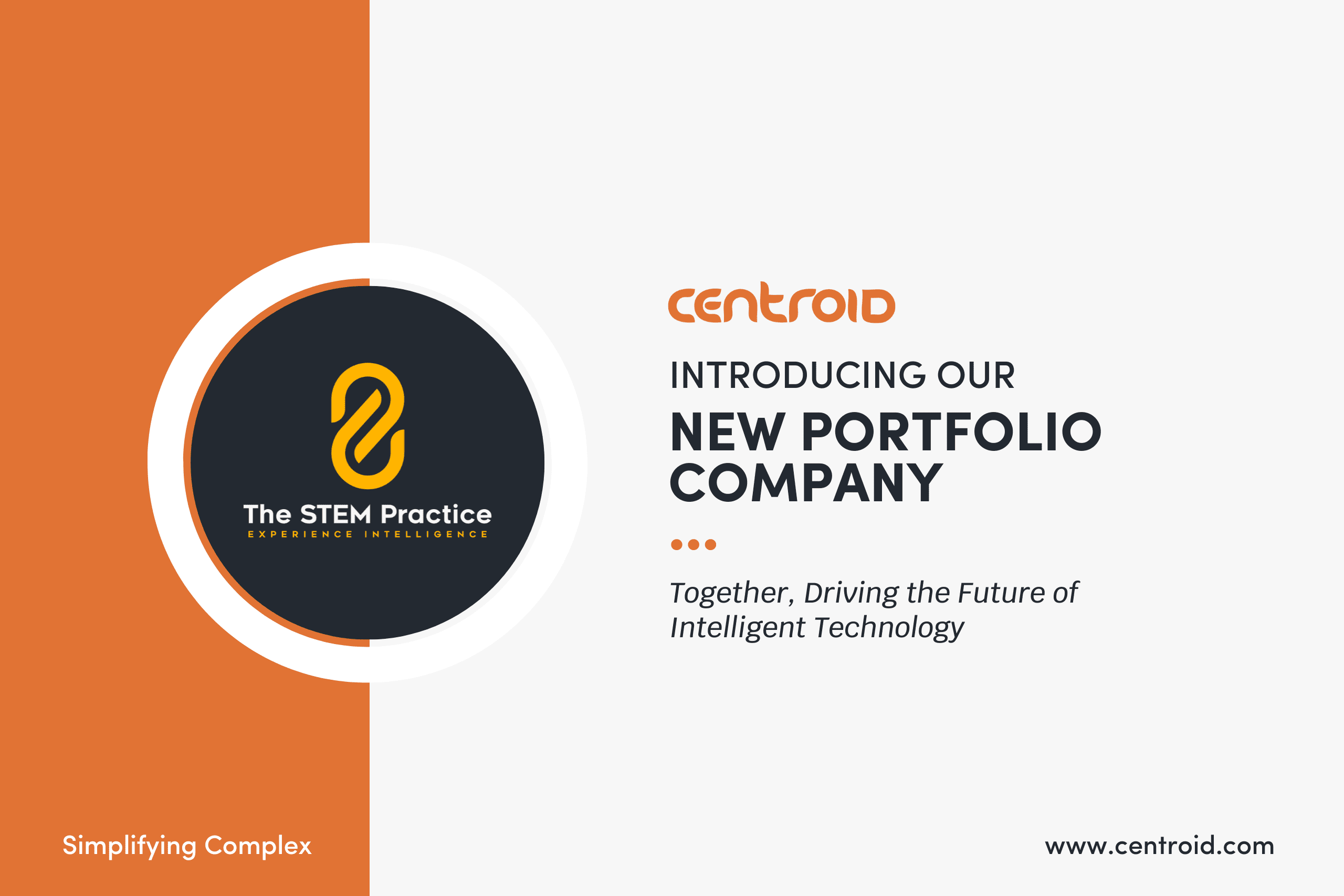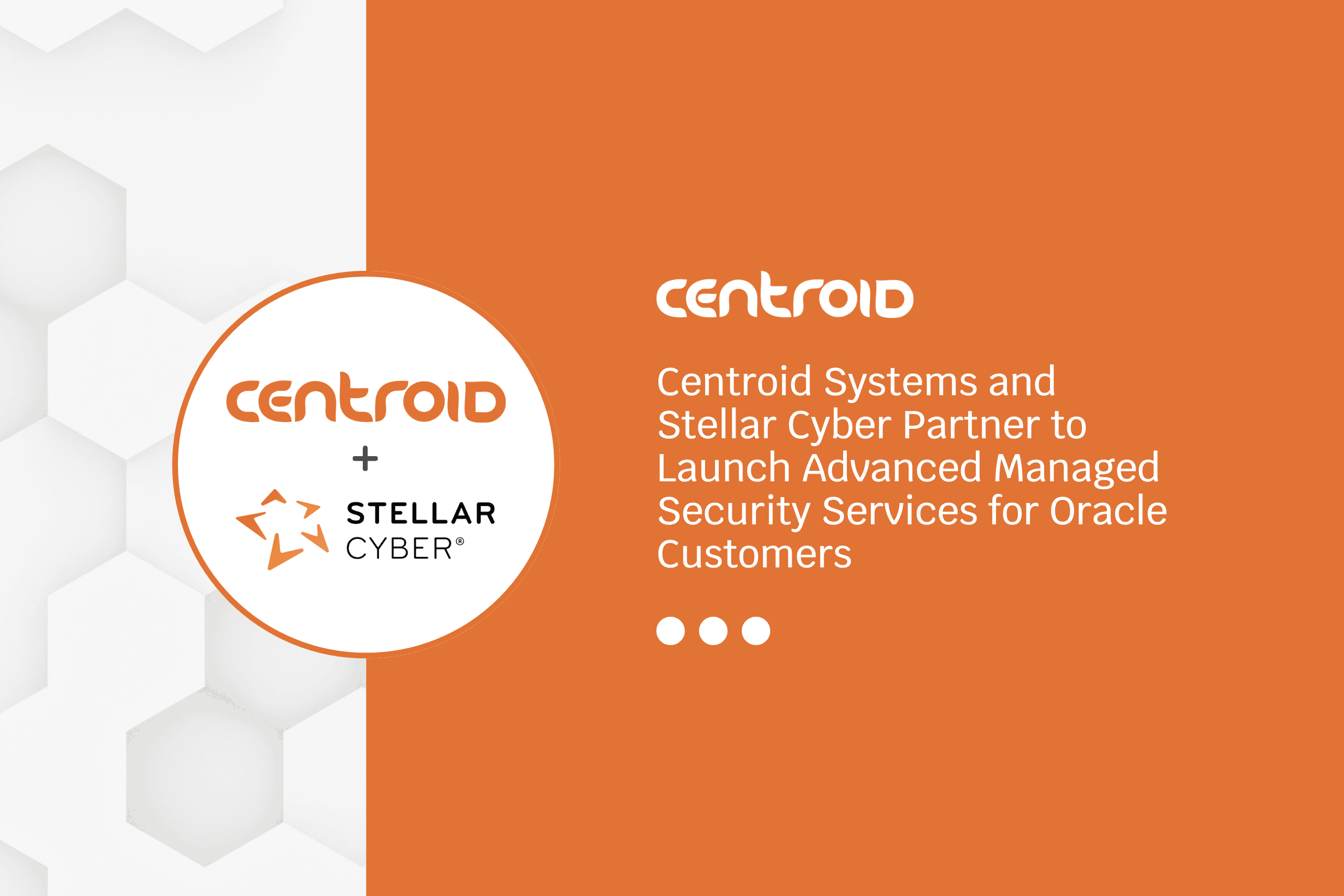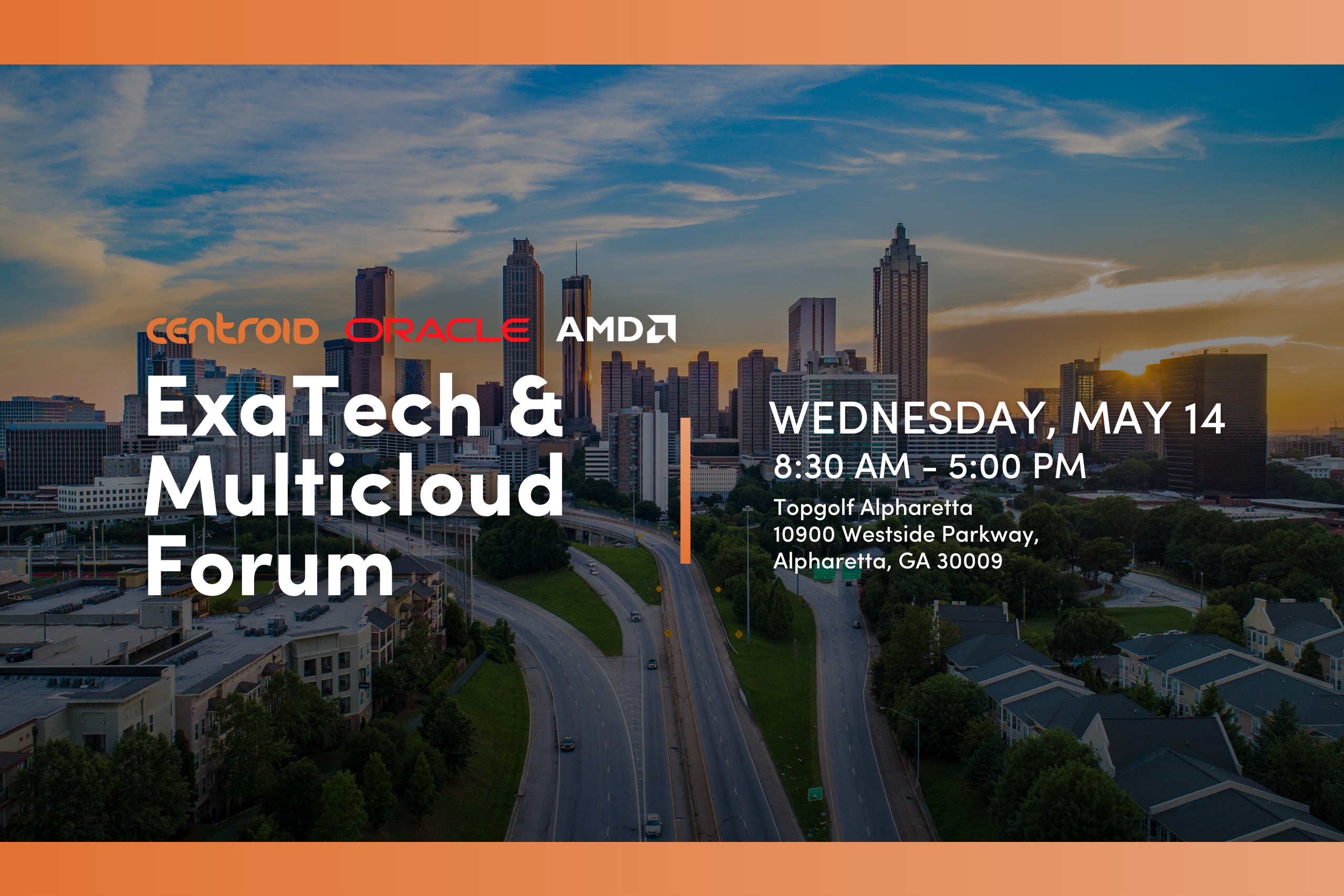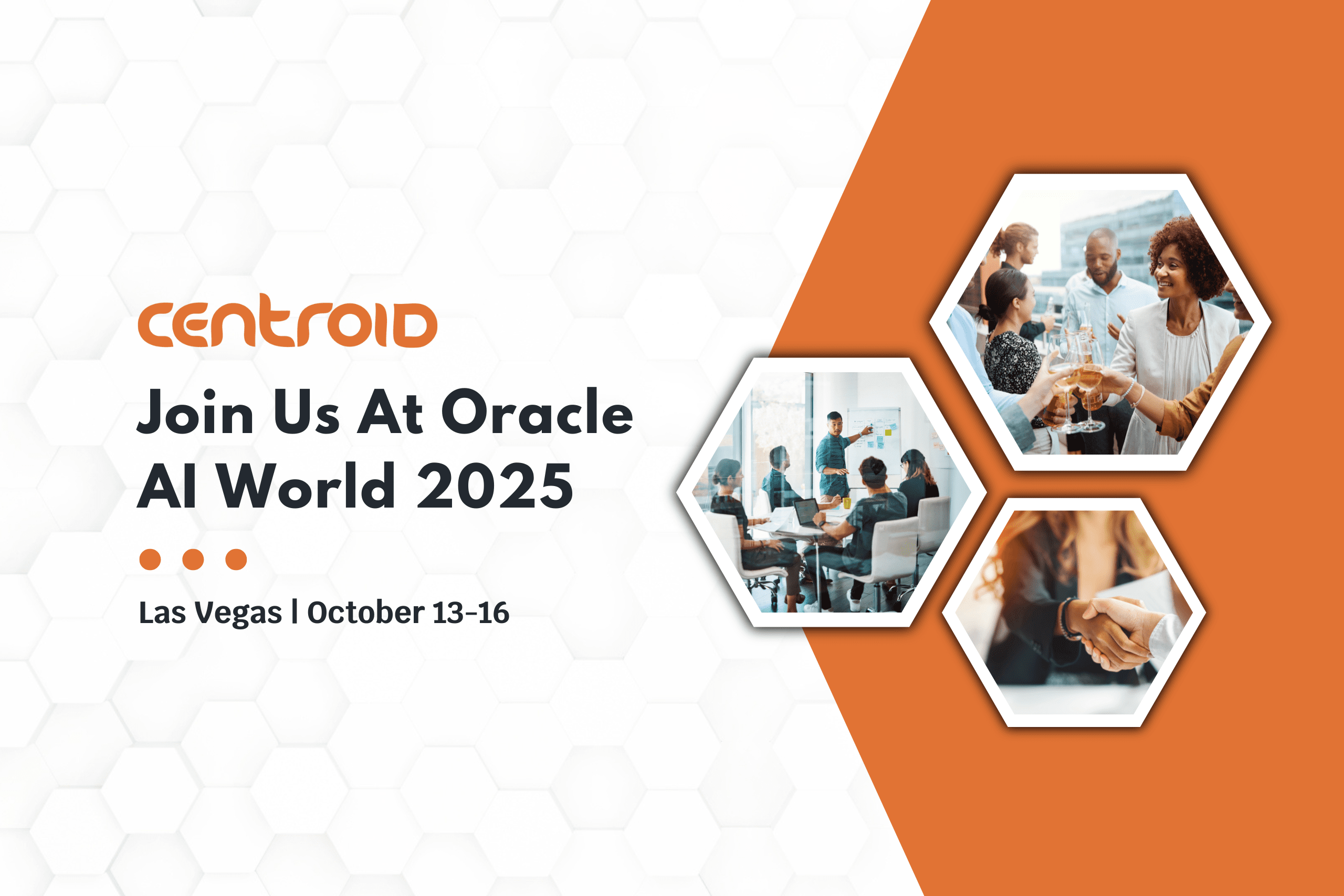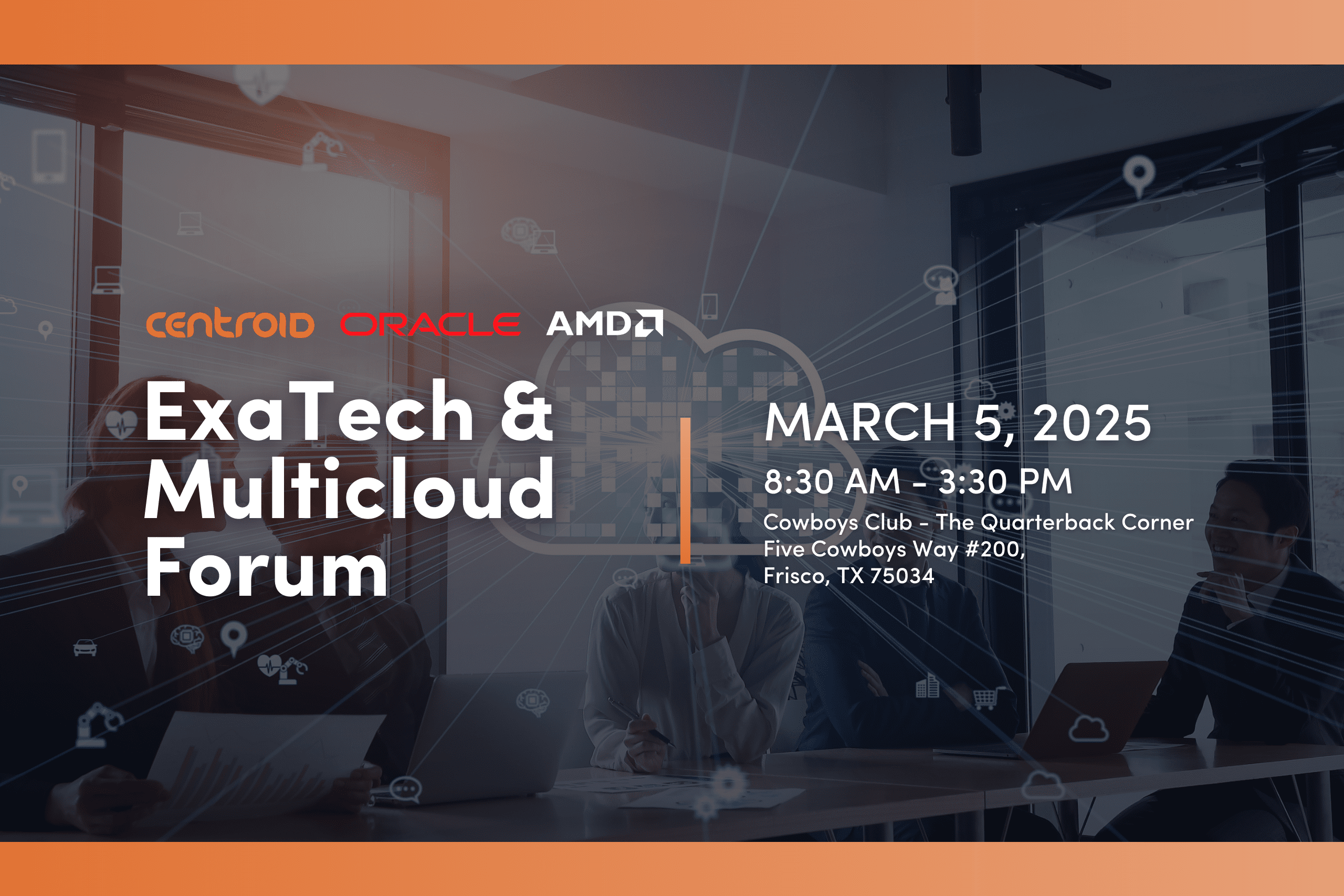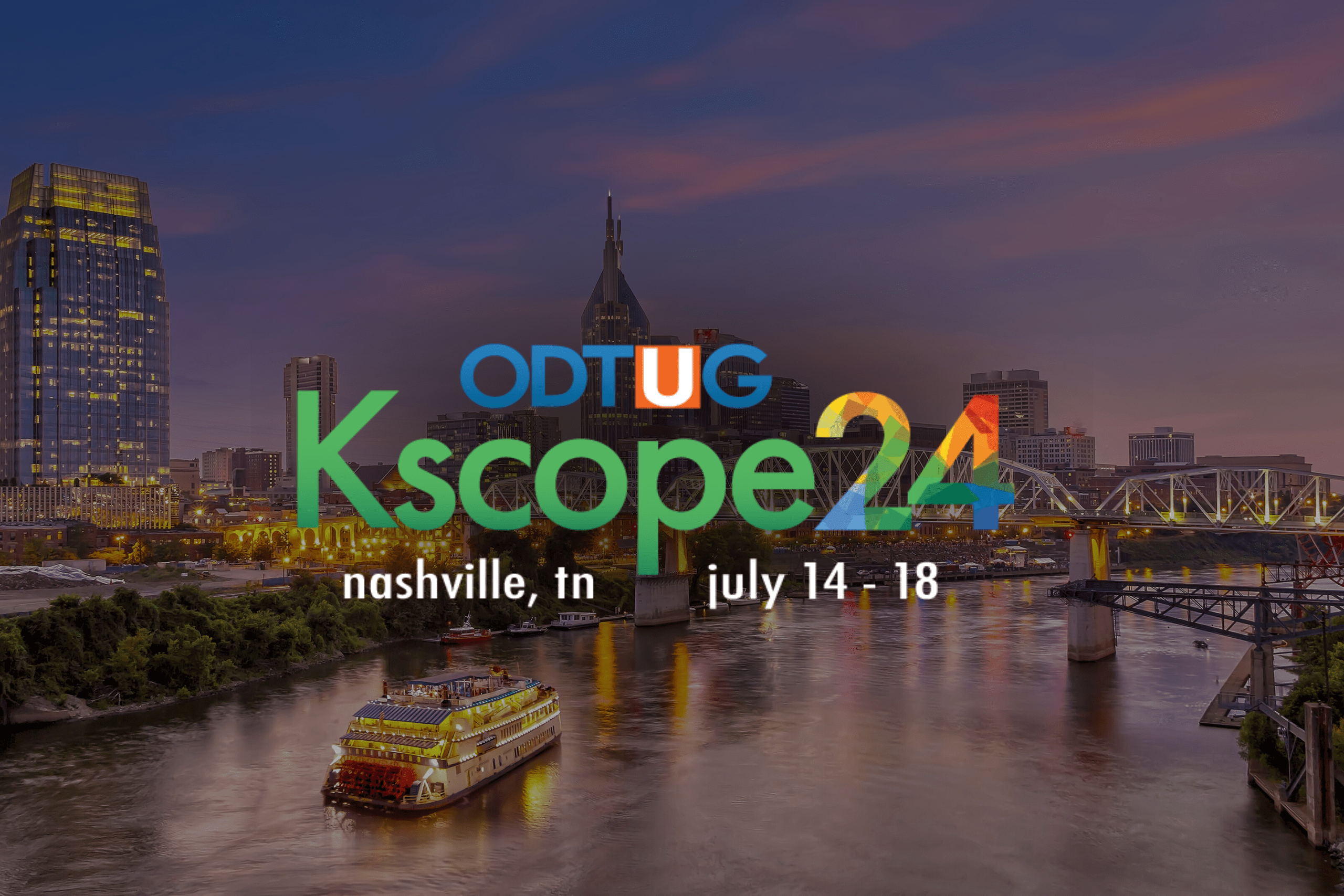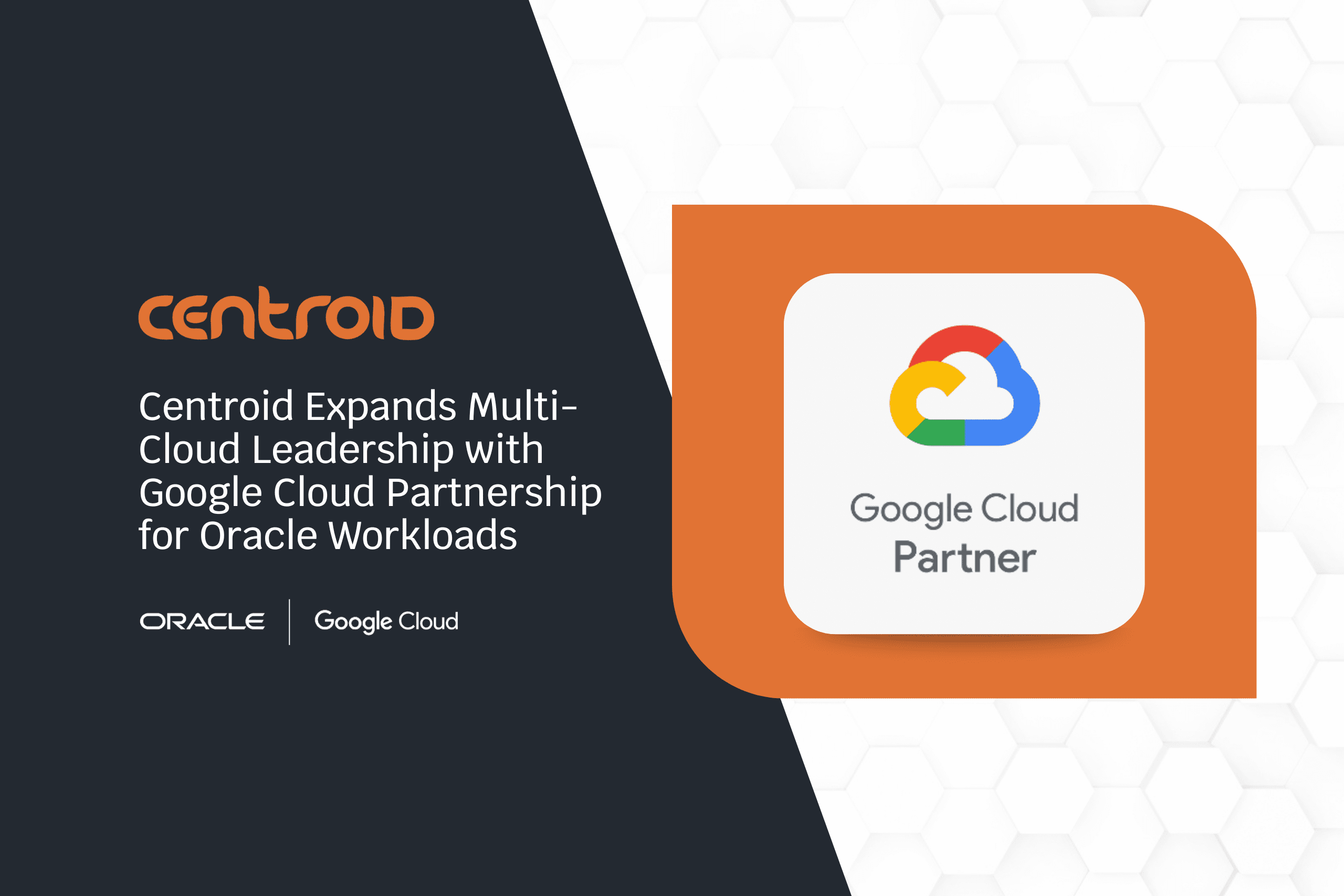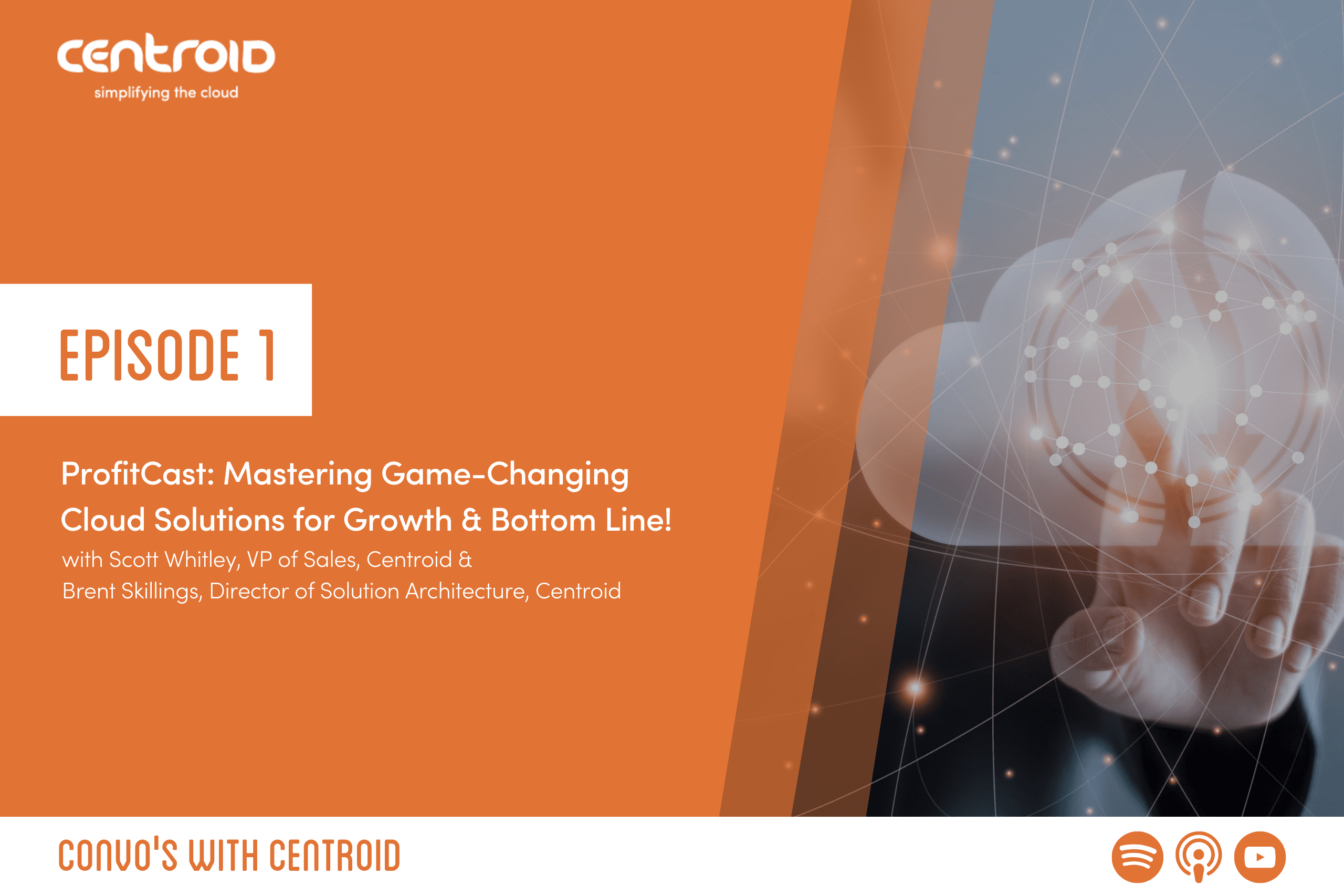by Ajay Arora – Managing Partner & CTO, Centroid
Oracle E-Business Suite (EBS) Release 12.2 is a robust and widely adopted enterprise resource planning (ERP) solution, serving as the backbone for countless organizations’ critical business operations. While EBS 12.2 is a mature application, the rapid advancements in Artificial Intelligence (AI) present new opportunities for enhancing its capabilities and extracting deeper insights from its vast datasets. Oracle Database 23ai, with its embedded AI features, offers a compelling path for EBS 12.2 customers to integrate cutting-edge intelligence directly into their ERP ecosystem without disrupting core business processes. This blog explores the compatibility, prerequisites, and transformative AI capabilities that Oracle Database 23ai brings to E-Business Suite 12.2 environments.
Compatibility and Certification
Oracle has officially certified E-Business Suite Release 12.2 with Oracle Database 23ai. This certification is a crucial endorsement, ensuring that the foundational database for EBS can be upgraded to leverage the latest AI innovations while maintaining stability and support.
The certification covers various deployment models:
- On-Premises Exadata Database Machine: EBS 12.2 is certified with Oracle Database 23ai when running on-premises Exadata Database Machine with Exadata Software version 24.1 or later. This is particularly beneficial as Exadata’s optimized architecture can significantly enhance the performance of AI workloads.
- Oracle Cloud Infrastructure (OCI) Database Services: The certification extends to key OCI database services, including:
- Oracle Base Database Service
- Oracle Exadata Database Service on Dedicated Infrastructure
- Oracle Exadata Database Service on Cloud@Customer
This broad certification provides flexibility for EBS customers, whether they operate on-premises Exadata or are leveraging Oracle’s cloud database offerings.
Prerequisites for Upgrading EBS 12.2 to Database 23ai
To ensure a smooth and successful upgrade of your EBS 12.2 database to 23ai, several key prerequisites must be met. These steps prepare your environment for the new database version and its AI capabilities:
1. Upgrade to Oracle Database 19c (if applicable): Oracle Database 19c is generally the direct upgrade path to 23ai. If your current EBS database is on an older version (e.g., 12c), an interim upgrade to 19c is typically required.
2. Migrate to Multi-Tenant Architecture (CDB/PDB): The Container Database (CDB) and Pluggable Database (PDB) architecture is expected to be mandatory in Oracle Database 23ai. EBS 12.2 environments must be migrated to a 19c multi-tenant architecture (with a single PDB for EBS) before upgrading to 23ai.
3. Apply Latest AD and TXK Minipacks for EBS: The interoperability patches for EBS 12.2 with Database 23ai will likely require the latest Application Development (AD) and Technology Stack (TXK) Release Update Packs (RUPs) for EBS. Ensure your EBS application tier is updated to these prerequisites.
4. Upgrade to the Latest EBS 12.2 Version: It is highly recommended, and often mandatory, to be on a recent version of EBS 12.2 (e.g., 12.2.7 or later) to ensure full compatibility and support with Database 23ai. Older EBS 12.2 versions (e.g., 12.2.6 and below) may not be certified.
5. Apply Recommended Technology Stack Patches (ETCC): Utilize the EBS Technology Codelevel Checker (ETCC) utility to identify and apply all recommended technology stack patches for both database and application nodes.
6. Perform EBS System Schema Migration: As of certain AD/TXK code stack levels (e.g., R12.AD.C.Delta.13), an optional step was introduced to move objects out of the standard SYS and SYSTEM schemas into a new EBS_SYSTEM schema. It is anticipated that completing this migration will be a requirement before upgrading to Database 23ai.
7. Leveraging Oracle Database 23ai’s AI Capabilities with EBS 12.2
While the core EBS 12.2 application logic itself is not rewritten to natively consume 23ai’s new AI features directly within its standard user interfaces, upgrading the underlying database fundamentally transforms the capabilities of the data platform. This enables organizations to build new intelligent applications, extensions, and analytical solutions that interact with and derive insights from EBS data using 23ai’s AI features. This approach maintains the stability of the core ERP system while enabling cutting-edge AI innovation.
23ai’s Benefits and AI Capabilities:
AI Vector Search for Semantic Understanding of EBS Data
AI Vector Search in Database 23ai allows for semantic search and Retrieval Augmented Generation (RAG) capabilities over unstructured data related to EBS. Use cases include:
-
- Natural Language Query (NLQ) for EBS Data: This is a highly impactful use case. By leveraging Oracle Generative AI and the Autonomous Database’s “Select AI” feature (which is part of the broader 23ai capabilities), users can ask questions about their EBS data in plain English (e.g., “What were our total sales in Q1 for Region X?” or “Show me all overdue invoices from Vendor Y”). The database intelligently translates these natural language prompts into SQL queries, executes them against the EBS data, and presents the results. This significantly democratizes access to EBS data, reducing reliance on specialized reporting tools or IT support for ad-hoc queries. This capability can be exposed via custom Oracle APEX applications built on top of EBS data.
-
- Semantic Search for EBS Documentation & Support: Build semantic search capabilities over vast amounts of internal documentation, customer support tickets, training manuals, or email communications related to EBS modules. Users can find relevant information based on the meaning of their query, rather than just keywords, improving efficiency for support staff, end-users, or new hires navigating the complex EBS ecosystem.
-
- Contract Analysis: Store vector embeddings of contracts, purchase orders, or legal documents from EBS. Use AI Vector Search to quickly find similar clauses, identify deviations, or extract key information based on semantic content.
In-Database Machine Learning (OML) for Enhanced ERP Analytics
The enhanced Oracle Machine Learning (OML) capabilities in 23ai can be directly applied to the rich historical data residing within EBS, enabling more accurate predictive and prescriptive models. Use cases include:
-
- Financial Management:
- Cash Flow Forecasting: Develop more accurate models to predict future cash flows based on historical EBS financial data, improving liquidity management.
- Fraud Detection: Identify anomalous financial transactions (e.g., unusual payment patterns, suspicious expense claims) in real-time by training OML models on historical EBS transaction data.
- Revenue Forecasting: Improve precision in revenue predictions by analyzing sales orders, invoices, and customer behavior data from EBS.
- Financial Management:
-
- Supply Chain Management:
- Demand Forecasting: Build sophisticated models to predict future demand for products with greater accuracy, optimizing inventory levels, reducing carrying costs, and minimizing stockouts.
- Predictive Maintenance: Integrate sensor data (from IoT devices, potentially stored in JSON format via Duality Views) with EBS asset management data to predict equipment failures, enabling proactive maintenance scheduling and reducing costly unplanned downtime.
- Logistics Optimization: Analyze historical shipping data and delivery routes to optimize logistics, reduce fuel costs, and improve delivery times.
- Supply Chain Management:
-
- Human Capital Management (HCM):
- Employee Attrition Prediction: Identify employees at risk of leaving by analyzing HR data (e.g., performance reviews, tenure, compensation) from EBS, allowing for proactive retention strategies.
- Workforce Planning: Optimize staffing levels and skill requirements by predicting future workforce needs based on business growth and project pipelines.
- Human Capital Management (HCM):
-
- Customer Experience (CX) Enhancement:
- Personalized Offers: Analyze customer purchase history and interactions within EBS to generate personalized product recommendations or offers, improving cross-sell and upsell opportunities.
- Customer Churn Prediction: Identify customers at risk of churn by analyzing their transaction history, service requests, and other relevant data in EBS.
- Customer Experience (CX) Enhancement:
Graph Analytics for Relationship Discovery in EBS Data
Oracle Database 23ai’s enhanced graph capabilities can uncover complex relationships and patterns within EBS data that are difficult to discern with traditional SQL queries. Use cases include:
-
- Fraud Detection: Identify complex fraud rings by analyzing intricate relationships between accounts, vendors, purchase orders, and employees within EBS. Graph analytics can reveal hidden connections indicative of coordinated fraudulent activity (e.g., multiple vendors with the same address, unusual transaction networks).
-
- Supply Chain Risk Analysis: Map out supplier dependencies and relationships to identify single points of failure or potential bottlenecks in the supply chain, enhancing resilience.
-
- Internal Audit and Compliance: Analyze relationships between users, roles, and data access patterns within EBS to identify potential segregation of duties violations or unauthorized access paths.
JSON Relational Duality Views for Flexible EBS Data Access
While not directly an AI feature, JSON Relational Duality Views significantly simplify data access and manipulation for AI applications interacting with EBS data. Use cases include:
-
- Streamlined Data Ingestion for AI Models: Easily ingest and process semi-structured data (e.g., customer feedback, IoT sensor data, external market feeds) that might be relevant to EBS processes and is often generated in JSON format. Duality Views allow this data to be immediately available for both relational queries and AI analysis without complex ETL processes or schema rigidity.
-
- Simplified Integration for Custom AI Applications: For developers building custom AI applications or microservices that need to interact with EBS data and prefer JSON payloads, Duality Views allow them to consume and produce data in JSON format while the underlying data maintains its relational integrity and performance within the EBS database. This speeds up development and integration of AI components.
-
- Flexible Data Models for Evolving Requirements: Support agile development of AI applications where data schemas might evolve rapidly. Duality Views provide the flexibility of a document database without sacrificing the transactional integrity, performance, and analytical power of a relational database, which is crucial for operationalizing AI with EBS.
Modernize Your ERP with AI
The certification of Oracle E-Business Suite 12.2 with Oracle Database 23ai offers a strategic advantage for organizations seeking to infuse AI into their core ERP operations. By leveraging 23ai’s native AI capabilities – including AI Vector Search, enhanced In-Database Machine Learning, Graph Analytics, and JSON Relational Duality Views – EBS users can build new intelligent applications and extensions that unlock deeper insights, automate processes, and drive more informed decision-making. This approach allows businesses to modernize their ERP foundation, extract greater value from their mission-critical data, and gain a significant competitive edge in the AI-driven enterprise landscape, all while preserving the stability and reliability of their existing EBS investment.
